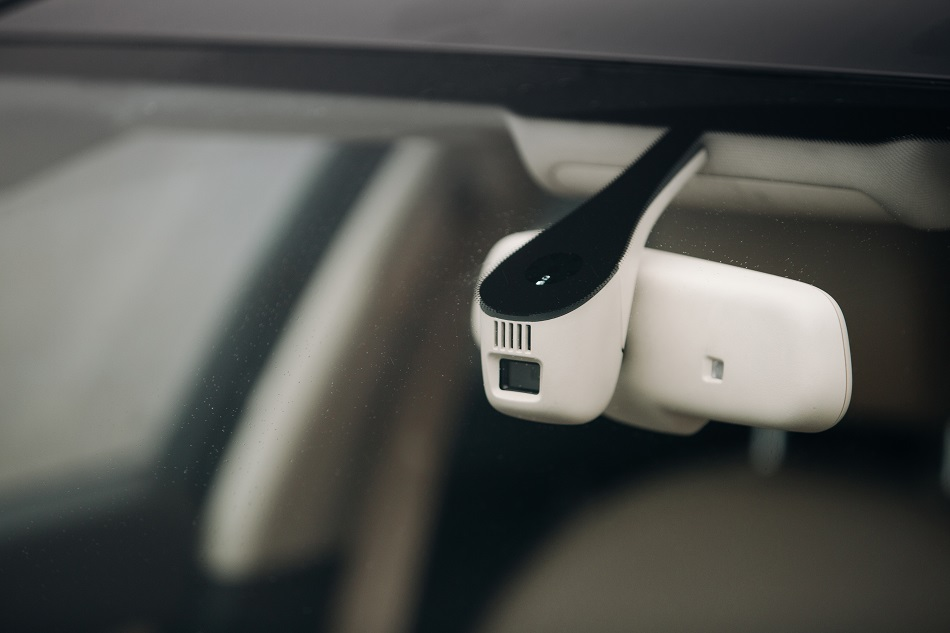Oct 21 2012

Image Credit: BoJack/Shutterstock.com
Rain sensors enhance safety and comfort while driving. These sensors automatically switch on the wiper in case of a water splash on the windshield. Rain sensors are also widely used in the agriculture and gardening sectors by providing multiple benefits not only to the users but also to the environment.
Rain Sensors Components
The optical system of the rain sensor comprises an electronic control unit (ECU), ambient light sensor, lenses, a light-receiving diode (LRD) and a light-emitting diode (LED). The outer surface of the windshield reflects the light produced from the LED at an angle of total reflection in the range of 42° to 63°. Some amount of light is coupled out if the windshield contains water. As a result, LRD generates a lesser amount of current, which is estimated by the electronics.
The area where the light is reflected from the windshield to LRD is known as the ‘sensitive area’ of the sensor. The detection of rain by the sensor depends on the contact of water drops with the sensitive area. A reliable and sensitive system is achieved when the ratio between the windshield area and the sensitive area is considerable
Functional Principle
The infrared (IR) transmitter unit radiates IR light, which is directed to the windshield through the lens. The IR receiver located at the other end of the lens measures the intensity of the light reflected from the windshield. The light is completely reflected if the sensitive area of the windshield is dry. As a result, the intensity of light measured by the IR receiver is high. Part of the light from the windshield is shattered if the sensitive area of the windshield is wet. Thus, the intensity of light is reduced.
Light intensity is associated with the amount of water present on the windshield. If the measured light intensity is small, the amount of water on the windshield is large.
Rain Sensors for Irrigation and Types of Application
Rain sensors are major components of the automatic systems used in regions where rainfall is observed during the months of irrigation. These devices automatically turn off the irrigation system upon receiving a desired amount of rainfall and enable the system to resume its preset conditions when the device is dried.
In Florida, the installation of rain sensors in the irrigation system has become mandatory since 1991. However, the utilization of rain sensors in the region where the rainfall that occurs in winter is limited due to the minimal or non-existence of irrigation. The following video describes the functional principle to the Rain Bird RSD Series Rain Sensors, which turns off a sprinkler system to conserve water.
Rain Bird RSD Rain Sensors
The key benefits of rain sensors used in the irrigation system are as follows:
- Inexpensive
- Less installation time
- Improved performance and reliability
Rain Sensors for Automotive
The windshield is mounted with a rain sensor to detect the movement of the wiper and rain without disturbing the view of the driver. This sensor device can control the wiping actions at variable speeds when the system is switched on. Generally, the following two sensor systems are used:
- Rain sensors in a network: These sensors are linked to a bus system through which all information and commands can be sent and received
- Stand-alone rain sensors: These rain sensors are directly connected to the wiper motor park signal, wiper motor relays, and wiper column switch
Evaluation of Analog Signal
The following section will discuss in detail the components used for evaluating the analog signal.
Transmitter
The transmitter comprises a current source, a digital-analog converter (DAC) and LEDs. It is necessary to regulate the transmitter current as the light conversion efficiency is variable. In an attempt to increase the current and reduce power loss at LEDs, light from the LEDs are pulsed.
Receiver
The receiver has an amplifier, a current-voltage converter, LRDs, a filter to avoid low frequency or dc offsets and an analog-digital converter (ADC), which is included in a microcontroller. The microcontroller switches on or off the LED to control the optical path. A variable current-voltage converter is used for wide transmission ranges. The signal is filtered after conversion and then amplified. The amplified signal is converted using ADC.
Microcontroller
The entire system is controlled by the microcontroller, which also evaluates the signal. The best operating point is determined before performing the measurements. A signal is generated by the microcontroller between the upper and lower limits at the receiver. At this point, the sensor starts functioning. The signal and disturbance are evaluated repeatedly. Further, an extra sensor measures ambient light for identifying day/night conditions.
Sources and Further Reading
- Marek.J, Trah H.P, Suzuki.Y, Yokomori.I, 2003, Sensors Applications, Sensors for Automotive Applications, John Wiley & Sons, Weinheim.
- Green.D, 2010, Water Conservation for Small and Medium-Sized Utilities, American Water Works Association, Denver.
This article was updated on 17th February, 2020.